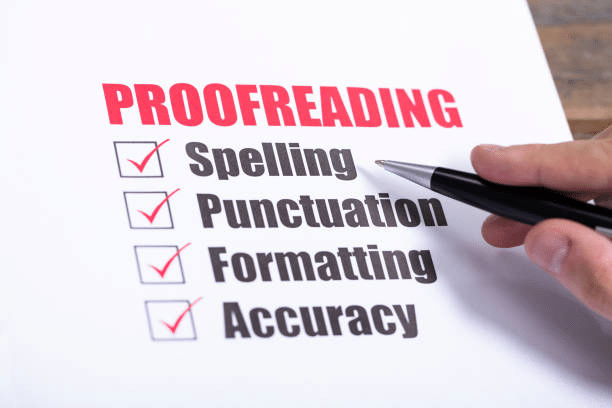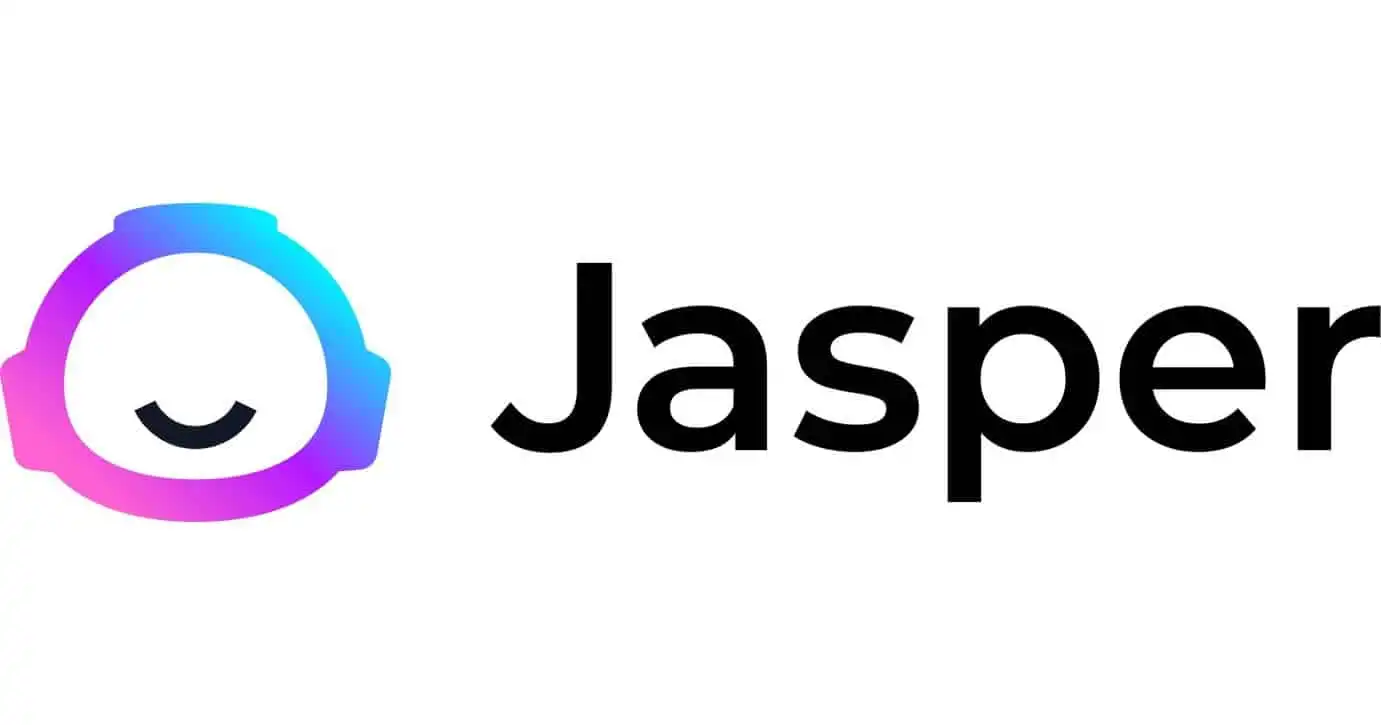High-quality writing is more critical than ever in today’s fast-paced digital age. From business communication to academic research, the written word carries immense weight, and even a simple mistake can undermine credibility. It is where AI proofreading tools come into play, revolutionizing how we perfect our writing.
This comprehensive guide will explore how AI proofreading tools work, their features, benefits, and limitations, and how to choose the right tool for your needs.
What Is An AI Proofreading Tool?
An AI proofreading tool is a software application that uses artificial intelligence (AI) to analyze and improve written content. These tools harness advanced machine learning algorithms to identify and correct grammar, punctuation, and style errors, offering suggestions to enhance clarity, coherence, and overall quality.
How AI Proofreading Tools Work
AI proofreading tools rely on natural language processing (NLP), a branch of AI that enables computers to understand and interpret human language. Machine learning algorithms identify patterns and associations in massive linguistic datasets, allowing the software to learn from millions of text examples.

Deep learning, an advanced subset of machine learning, further enhances AI proofreading tools’ capabilities. For instance, based on deep knowledge, the GPT-4 language model can understand the context and generate human-like text, providing improved suggestions and corrections.
Key Features of AI Proofreading Tools
Grammar And Punctuation Correction
AI proofreading tools can quickly identify and correct grammatical and punctuation errors, ensuring error-free writing.
Style, Tone, And Consistency Improvement
These tools suggest improving writing style, maintaining a consistent tone, and ensuring coherent messaging.
Plagiarism Detection And Paraphrasing Assistance
AI proofreading tools can detect plagiarized content and provide paraphrasing suggestions to maintain originality.
Vocabulary Enhancement And Word Choice Suggestions
Users receive recommendations for more precise and powerful word choices to enhance writing quality.
Readability Analysis And Scoring
These tools analyze text readability, offering suggestions to make the content more accessible to the target audience.
Customizability And Integration With Writing Platforms
Many AI proofreading tools integrate seamlessly with popular writing platforms, providing real-time assistance.
Benefits Of Using AI Proofreading Tools

Improved Writing Quality
Grammar checking software like Grammarly and ProWritingAid help identify and correct grammar, spelling, punctuation, and style errors. They can also suggest ways to rephrase sentences to make them more concise and clear, resulting in more polished and professional writing.
Increased Efficiency And Time-saving
AI proofreading tools can quickly analyze and correct text, enabling writers to focus on content and ideas rather than spend time on manual proofreading. For example, Microsoft Word’s built-in editor, powered by AI, helps users correct errors on the go, making the writing process more efficient.
Enhanced Productivity
By reducing the time spent on proofreading and editing, AI tools allow writers to produce more content in less time. This increase in productivity can be especially beneficial for businesses, enabling them to create and publish more content faster.
Skill Development
AI proofreading tools can help writers improve their language skills by providing real-time feedback and suggestions. Users can learn from their spelling mistakes and apply these lessons to future writing tasks, gradually becoming better writers.
Consistent Branding And Messaging
AI tools like Acrolinx help maintain consistency in brand messaging, tone, and voice across various content pieces, ensuring that a company’s communication is unified and professional.
Accessibility For Non-native English Speakers
AI proofreading tools can help non-native speakers produce high-quality English content by identifying writing mistakes and suggesting corrections, bridging the language barrier, and allowing them to communicate effectively.
Limitations And Concerns Of AI Proofreading Tools

Understanding Context And Nuance
AI proofreading tools sometimes struggle with complex language, idiomatic expressions, or context-specific phrases. For example, they might not recognize that “break a leg” is a phrase wishing good luck and may suggest a literal interpretation instead.
Loss Of Human Touch
Over-reliance on AI tools can lead to overly sterile or formulaic writing, as the software often follows rigid language rules. In creative writing or poetry, this can result in a loss of the unique voice and style that make a piece engaging and relatable.
Ethical Considerations
Some concerns are that AI proofreading services may perpetuate biases in their training data. For example, an automated proofreading tool might flag particular dialects or non-standard language use as incorrect, reinforcing linguistic prejudices.
Data Privacy Concerns
Many AI proofreading tools require users to upload documents to cloud servers for analysis. It raises concerns about data security and privacy, as sensitive information might be accessed by unauthorized parties or used for purposes other than proofreading.
How To Choose The Right AI Proofreading Tool For Your Needs
Selecting the right AI proofreading tool involves:
Assessing Your Writing Requirements
When choosing the best proofreading software, the first step is to assess your writing requirements. It involves identifying the specific needs and goals associated with the type of content you create, such as blogs, articles, academic papers, or marketing materials. Consider your target audience, their language preferences, and the frequency and volume of content production.
It’s also crucial to determine your desired level of assistance, from basic proofreading, focusing on grammar, spelling, and punctuation, to advanced aid, encompassing style, tone, readability, and plagiarism detection. Understanding your unique writing requirements allows you to evaluate the available AI proofreading tools better and narrow down your choices.
Comparing Tool Features And Pricing
Once you clearly understand your writing requirements, the next step is to compare the features and pricing of various AI proofreading tools. Create a list of tools that meet your needs and evaluate their advanced editing features, such as punctuation and grammar checker, style analysis, tone recommendations, and plagiarism detection. Pay special attention to tools that offer customization options and cater to your preferred writing style.
Additionally, compare each tool’s pricing and plans, keeping in mind your budget and usage patterns. This comparison will help you identify the AI proofreading apps that provide the best value for your needs.
Evaluating User Reviews And Testimonials
User reviews and testimonials can be valuable sources of information when choosing an AI proofreading tool. They provide insights into other users’ real-world experiences and satisfaction, offering a more objective perspective than promotional materials. Look for reviews on third-party platforms, such as software review websites, forums, and social media, to get a broad range of opinions.
Pay attention to comments about the tool’s accuracy, ease of use, customer support, and any recurring issues users may have experienced. Remember that individual experiences can vary, so it’s essential to consider multiple reviews before making a decision.
Trying Out Free Version Trial And Demo To Find The Best Fit:
Most AI proofreading tools offer free trials or demos, allowing you to test their features and functionality before committing to a purchase. Take advantage of these offers to evaluate how well each tool meets your writing requirements and integrates with your existing workflow. Use the trial period to explore the tool’s interface, features, and ease of use and assess its overall effectiveness in identifying and correcting errors in your content.
By trying out multiple AI proofreading tools, you can make a more informed decision about which one best fits your needs and provides the most significant benefits for your writing process.
Best AI Proofreading Tools
|
Primary Rating:
3.5
|
Primary Rating:
3.5
|
Primary Rating:
3.5
|
FAQs

What are some examples of free proofreading tools?
Some popular free proofreading tools include Grammarly, ProWritingAid, Hemingway Editor, and Ginger. These tools offer a range of features, from basic spelling and grammar checks to more refined style and readability suggestions.
Can I use a free online proofreading tool with Google Docs?
Yes. Many free online proofreading tools offer integrations or extensions that work with Google Docs. For example, Grammarly offers a Google Docs add-on that allows users to access its proofreading features directly within the document editor.
How effective are online proofreading tools at detecting spelling errors?
Online proofreading tools are generally effective at detecting common spelling errors, though their accuracy may vary depending on the specific tool and the context of the text. They may only sometimes catch more obscure or context-dependent mistakes, so it’s still essential to manually review your work.
How well do free proofreading tools identify grammatical errors?
Free proofreading tools can identify common grammatical errors, such as subject-verb agreement, incorrect tense usage, and misplaced modifiers. However, they may only catch some errors or more complex issues, so users should review their work carefully.
Are there any limitations to using a free proofreading tool?
While free proofreading tools can be helpful for basic error checking, they may have limitations in terms of advanced features, accuracy, and the number of words or documents they can process. Additionally, they may not be as effective in identifying context-specific errors or complex language issues.
Is my data secure when using a free online proofreader?
Data security depends on the specific proofreading tool you use. Reputable tools typically have privacy policies and data protection measures to safeguard user data. However, reviewing a tool’s privacy policy before uploading sensitive or confidential information is always a good practice.
Final Thoughts

AI proofreading tools have transformed how we approach writing, offering valuable assistance to ensure high-quality, error-free content. By understanding their capabilities and limitations, you can make an informed judgment when selecting the right tool for your needs. As technology continues to grow, the future of AI-enhanced writing and proofreading promises even greater possibilities. So, explore AI proofreading tools to elevate your writing game.
Say goodbye to embarrassing mistakes and hello to polished, professional writing. Now is the time to learn how cutting-edge technology can transform your writing experience, catching errors and offering valuable suggestions to improve your work. Head over to our website and discover the future of proofreading today!








